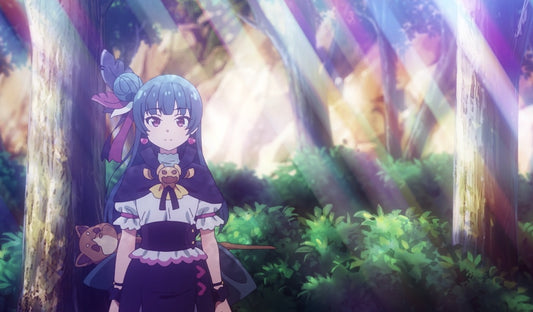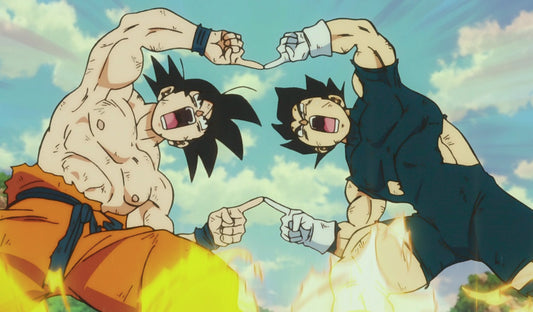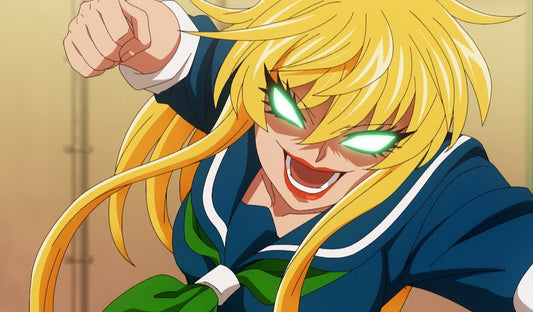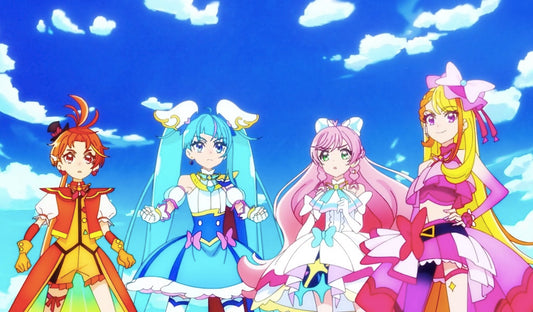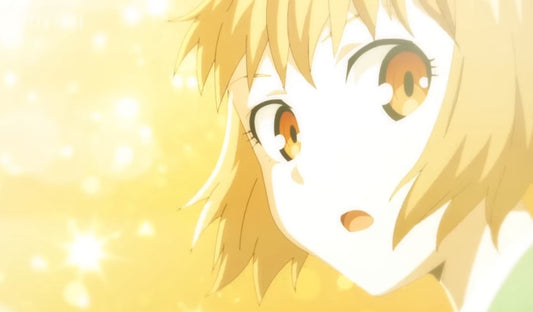The Shonen Jump Meat Grinder: Why So Many Manga Die Young
Carl LiShare
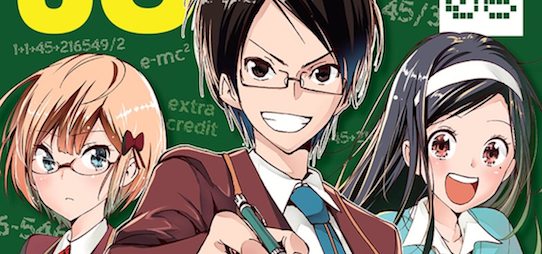

As the home to mega-hits such as Dragon Ball and Naruto, Weekly Shonen Jump is the most famous manga magazine in the world. If you’ve been paying attention to the magazine over the past few weeks, you might have noticed that they’ve been launching one new title after the next, such as We Never Learn by Taishi Tsutsui and Robot x Laserbeam by Tadatoshi Fujimaki. This is because Shonen Jump is a cutthroat competition for space. Titles that fail to succeed are quickly canceled and replaced, and these new works are the latest batch attempting to survive. Given the frequency that new series get aborted, I refer to this process as the Shonen Jump Meat Grinder. You might just see your new favorite titles get cut down in their infancy.
The origin of the Meat Grinder is founded in one of the most crucial aspects of how Shonen Jump measures success for its titles: popularity polls. Every week, surveys are included with issues of the magazine in Japan, encouraging readers to pick their favorites. If your manga is popular, there’s a good chance it can keep going for years and years. But if your title isn’t doing so hot, then it’s always one step away from the chopping block. The manga series Bakuman is actually about what it’s like to publish in Shonen Jump, and it outlines the struggle to keep ahead of those popularity polls.
The platform allows for a kind of “survival of the fittest” environment, but the consequence is that many titles that have potential but cannot fulfill it in the expected amount of time (usually after eight or so chapters, enough to fill a collected volume) may never get another chance. Even those that survive the first hurdle might not last long after that. This was the fate of what I felt was becoming one of my favorite new manga, a series called Red Sprite. Its art was vibrant and solid. Its story—about human batteries who rebel against their cruel masters and fight against them using a special airship—was engaging and relevant to the times. However, just as I was preparing to write an article here on Apartment 507 about what a great new manga it was, Red Sprite got canceled.
![]()
Red Sprite's first chapter. The series would end not long after.
The turnover rate for Shonen Jump manga is notoriously high, and recent events have made it even more intense. As the king of manga magazines, it has birthed many social phenomena like One Piece and Saint Seiya. Unfortunately for its publisher Shueisha, however, many of these manga have concluded in recent years. Kuroko’s Basketball is over, and its sequel is in a sister magazine, Jump Next! Naruto is gone, and now Boruto is trying to take its place with mixed results. Bleach is no more. Even the decades-long Shonen Jump mainstay Kochikame, which ran for 40 years from the very earliest days of the magazine, has ridden off into the sunset. Shonen Jump doesn’t just want explosively popular manga, it practically needs them, in order to fill the void left in the wake of all these big titles finishing.
If you have a favorite Shounen Jump title, it’s important that you make your voice heard. While not as big of a component for the success of a title, the English-language digital version includes a poll so you can tell them what your favorite is each week. If you don’t say or vote for anything, it might just be the last time you see the manga you love.
